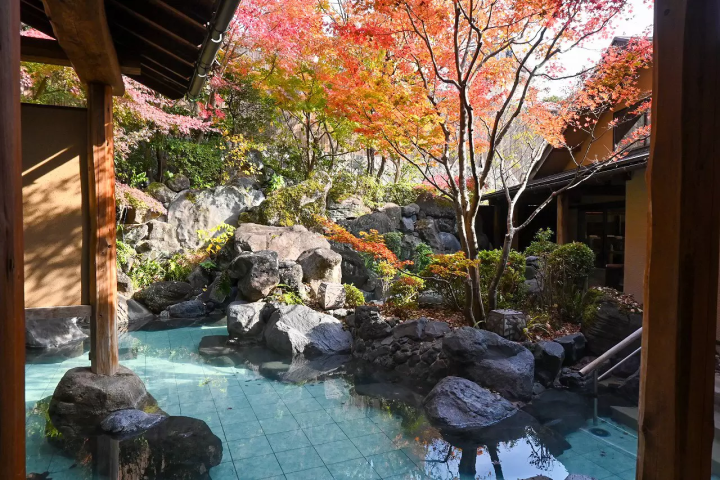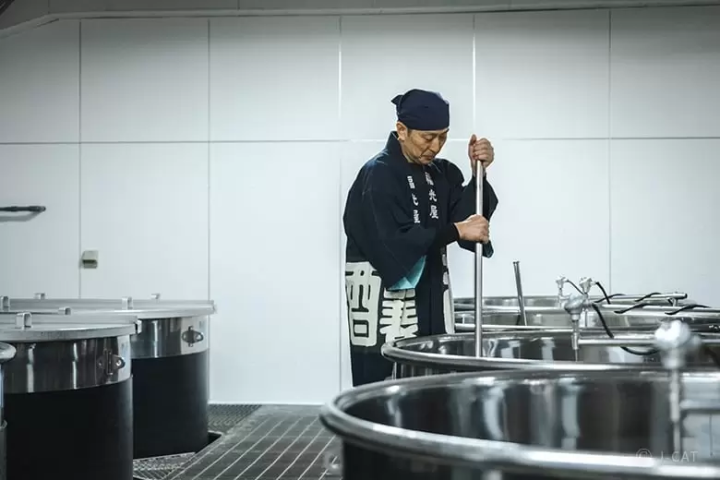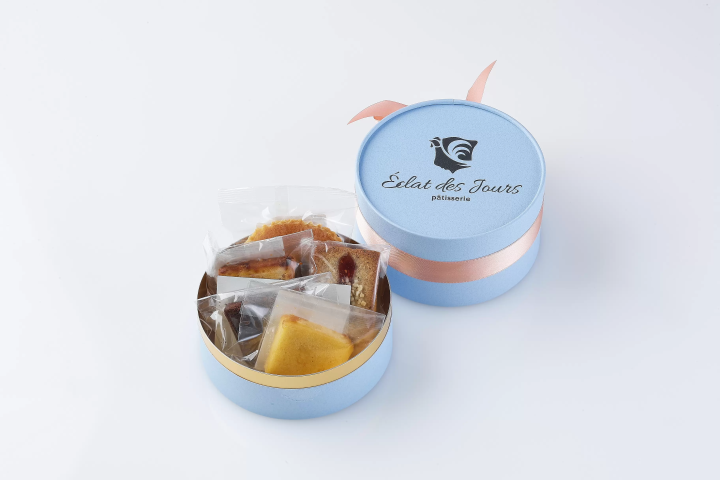Anko (Red Bean Paste) - Japanese Encyclopedia

Anko is a staple of traditional Japanese sweets. We explore the history of this uniquely Japanese treat and some of the amazing anko dishes you can enjoy in this Japanese Encyclopedia article.
Wagashi are traditional handcrafted Japanese sweets that could not be made without anko. Today, let's take a closer look at this staple of Japanese food culture.
What is Anko?

Anko or an (餡) as it is sometimes called, is a sweet paste that comes in red, green and many shades in between. Anko is typically made from azuki beans which have been boiled, mixed with sugar and then mashed and thickened into a paste.
Though mixing the bean paste with sugar is considered the standard nowadays, during the Kamakura period (1185-1333), salt was used to make anko. During the Edo era (1603-1868), domestic manufacturing of sugar increased and sweet anko became the standard.
In those days anko was a luxury food and was said to be a treat that only those in the nobility were permitted to eat.
What's It Taste like? How Do You Eat It?

Though the varieties and preparation of anko may differ, no matter which type you are referring to, the thick sweetness of the paste is the most common and important point.
On its own, anko is delicious, however it is most often eaten in other dishes. One popular choice is to add anko to ice cream, or to wrap anko in mochi (sticky rice cake) or a wheat-based dough before eating it.
What Kinds of Anko Are There?

In short, there are many different varieties of anko based on the ingredients and preparation used, each with their own distinct flavor.
For example, tsubuan is a coarse sweet bean paste where the beans have only been lightly smashed. The skin of the beans and sometimes whole beans are left behind, giving tsubuan a more bean-like flavor and texture.
On the other hand, koshian is anko where the bean paste has been pressed through a strainer, removing all the skin from the beans. Koshian has smoother feel to it, almost as though it were melting.
White common beans, soy beans, green peas, and others may also be used instead of adzuki beans to make anko.
Famous Wagashi with Anko
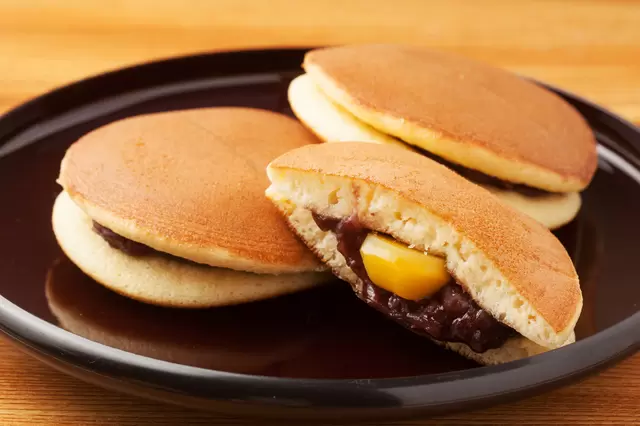
Anko is used to make the majority of Japanese traditional sweets. Here are some of the most famous of these wagashi.
Anpan
A type of sweet bun where the anko is wrapped inside a pancake-like bread and baked. It is a fluffy bun loved by both young and old.
Ohagi
Anko wrapped around crushed cooked rice; this wagashi is quite filling.
Manjū
Wagashi where the anko has been wrapped up in a thin dough (flour or rice based) and the cooked.The aromatic bun and anko are sublime.
Dorayaki
This wagashi features anko sandwiched between two soft pancakes. It is easy to carry and as such, a popular treat when out walking around town.
Japanese traditional sweets wouldn't be the same without anko. And, with so many different ways to enjoy it, is it any wonder that anko is loved by people of all ages?
Where Can I try Anko? Any Famous Sightseeing Spots with Anko?
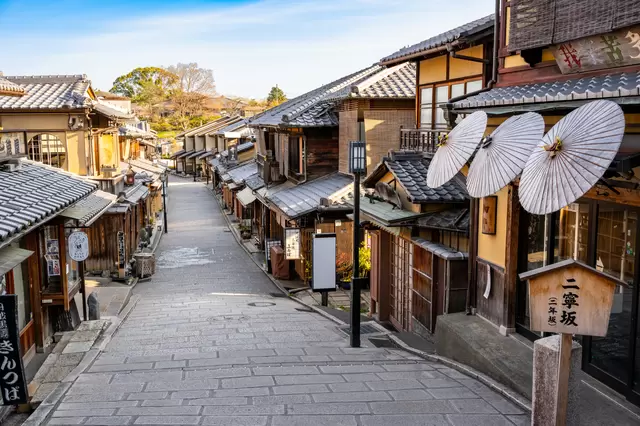
No matter where you go in Japan you are sure to find anko or some sort of dish featuring this sweet bean paste. We would like to tell you a little about some of the wagashi and dishes with anko in them found around Japan.
Famous for Kinkakuji Temple and Kiyomizu-dera, in Kyoto you will find the delicious treat known as yatsuhashi, which is a thin slice of flattened mochi wrapped around a dollop of anko. In Aichi prefecture, buttered toast with anko, called ogura toast is a beloved treat of the locals.
In Mie prefecture where you will find Ise Grand Shrine, soft mochi covered in koshian called akafukumochi are extremely popular; so popular in fact that you would be hard pressed to find someone in Mie that hasn't heard of them.
The eternal favorite of Japanese sweet fans: anko. When you come to Japan, you have to give at least one of the delicious traditional anko treats mentioned in this article a try.
All pictures from PIXTA
日本への訪日外国人の方が、もっと増えますように!


































![[For beginners and debutants] Special feature on recommended ski resorts and ski tours!](https://resources.matcha-jp.com/resize/720x2000/2025/12/26-254120.webp)
